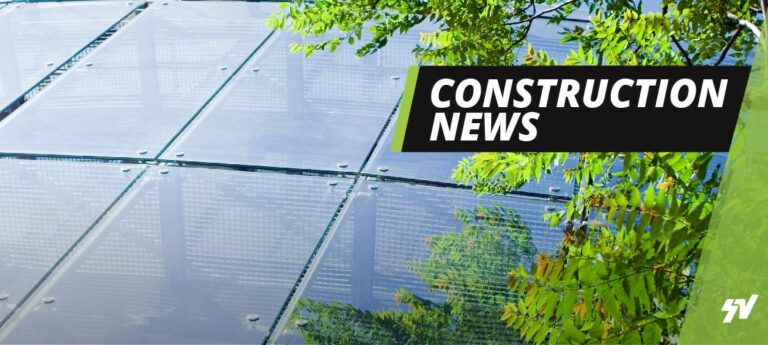As technology has advanced, green construction has gone from an ethical hard-fought decision to a fashionable, functional mainstream construction method with lots of design and material options. New technologies such as 3D printing allow contractors to quickly and efficiently build structures (for the time being, mostly small houses) out of sustainable materials like locally sourced concrete. Some classic buildings, like WWII’s Quonsets made of PVC segments and galvanized steel, are even coming back in style for their durable, inexpensive building materials.
Sustainable construction has become a base standard in today’s environmentally-conscious societies. But when we consider that even the most sustainable buildings and construction methods still lead to the exhaustion of our valuable non-renewable resources, it may be time to consider regenerative construction instead. Regenerative construction takes the concepts of sustainable design and tries to push them even further. These projects ask questions like: can we capture water on-site? Can we do this work with zero waste? Regenerative construction is about achieving a self-maintaining building ecology, not just a low-impact design process.
A classic regenerative construction technique is using the building’s natural environment to passively light, heat, and ventilate the building. Pair these features with renewable energy and sustainable or reclaimed building materials, and you have an affordable, responsible vision of modern architecture.
Full article: https://bit.ly/2A3U8RD
